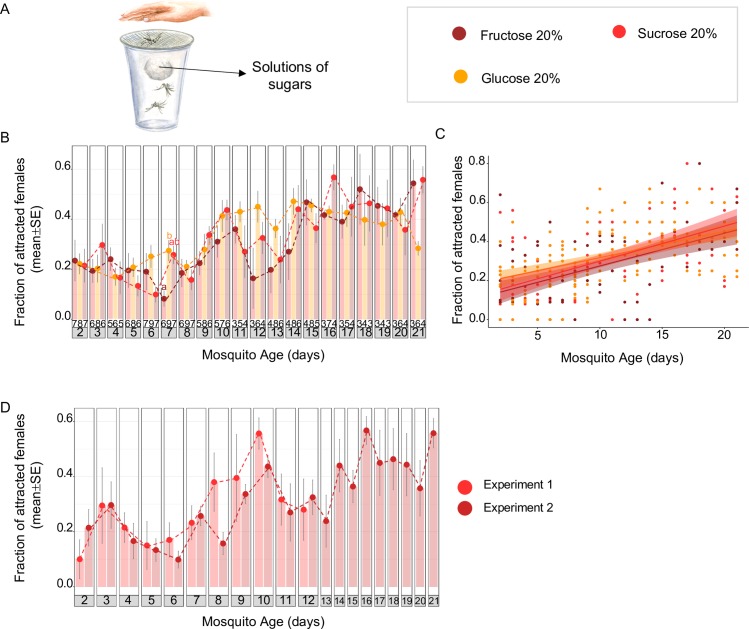Fig 2. Feeding on different types of sugar reduces host-seeking behaviour in Ae. albopictus.
(A) The experimental procedure of the host-proximity assays used to measure female attraction to human hosts. The sugar-mediated reduction of host-seeking behaviour did not differ between diverse types of sugar (20% sucrose, 20% glucose, or 20% fructose; B, C). Moreover, the host-seeking behaviour of females fed on 20% sucrose in the morning was identical in 2 independent experiments carried out 1 year apart (D), demonstrating the stability of the behavioural response in this mosquito strain. Results are expressed as mean ± SE, and the exact sample sizes (i.e., number of replicate cups) per day and feeding condition are given at the bottom of the bar plots (B). Letters indicate statistical differences (all p < 0.05 after FDR correction) between feeding conditions (i) for each day, based on pairwise Mantel–Haenszel χ2 tests (B, D), and (ii) over the entire time course by comparing the regression lines of the different experimental groups using ANCOVA (C). The underlying data can be found within S2 Data. ANCOVA, Analysis of Covariance; FDR, False Discovery Rate.

